HR Strategic Objectives: The Ultimate FAQ for HR Leaders
AIHR
JUNE 12, 2024
Some areas of focus when identifying HR strategic objectives include: Workforce planning : Involves analyzing the current workforce, predicting future needs, and developing strategies such as aligning workforce capabilities with business needs, succession planning , and flexible workforce management.




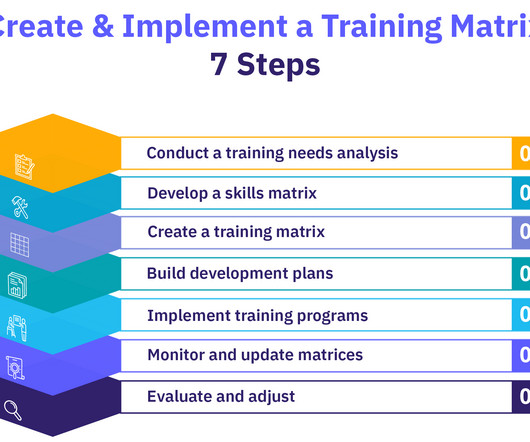
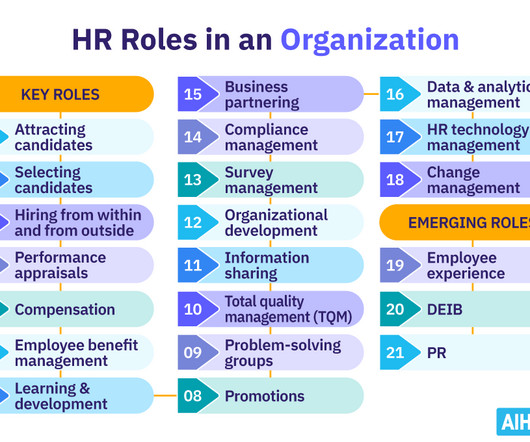
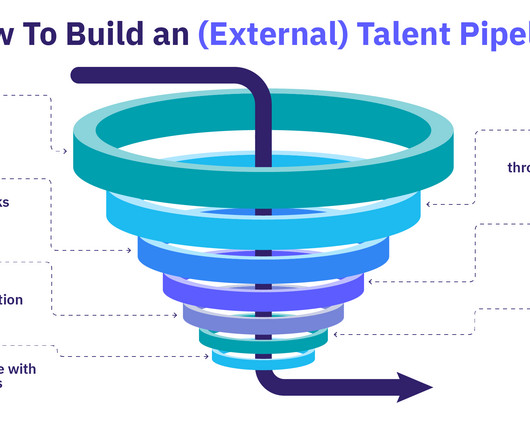
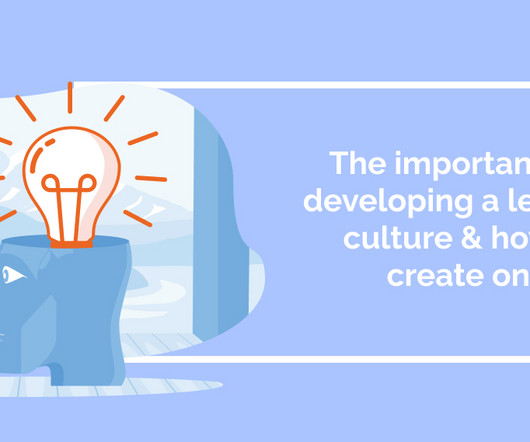



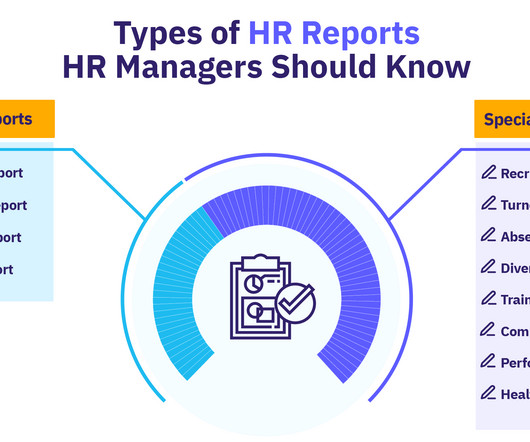






Let's personalize your content